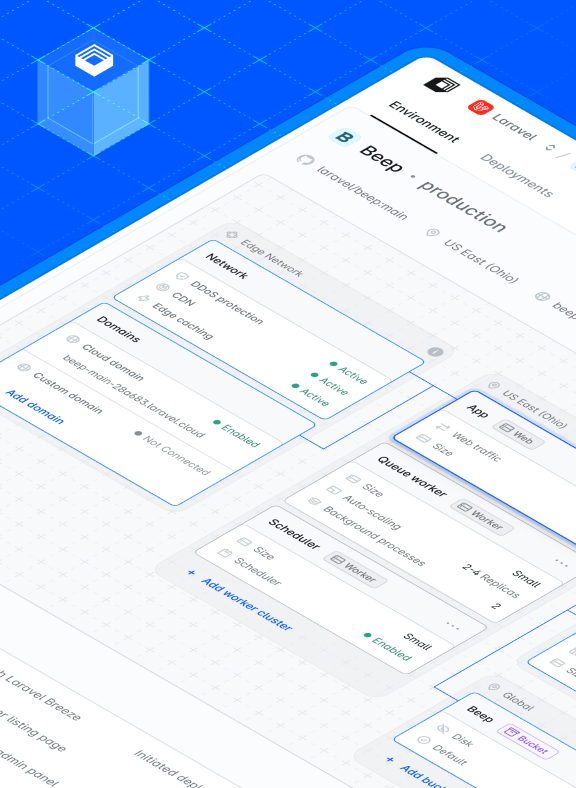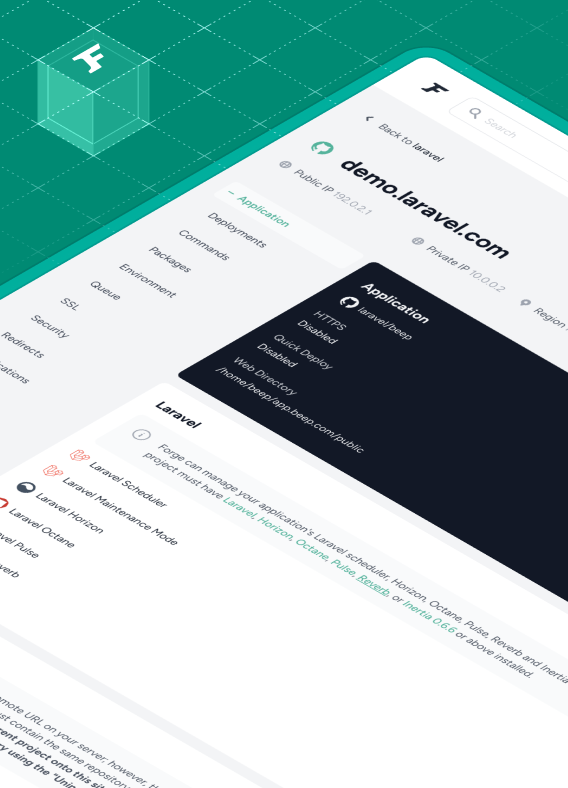Turbocharge Your Laravel Workflow with Tmux. The Artisan of the Day Is Alex Six.
If it starts in the terminal and makes your Laravel development faster, odds are Alex Six has mastered it.
Alex is a senior software engineer at Zillow, a Filament Core Team member, and an efficiency evangelist. He’s passionate about making computers handle the tedious parts of development so humans can focus on problem-solving, creativity, and building great products.
On the second day of Laracon US 2025 (the first day saw the lights of Nuno Maduro and Mary Perry, among others), Alex didn’t give a talk about Zillow or Filament. Instead, he introduced a tool that can transform your daily workflow, cut down terminal chaos, and make your development sessions more durable, portable, and efficient: Tmux.
Changing How We Use the Terminal
Titled “Turbocharging Your Laravel Development with the Terminal,” Alex opened his Laracon session by painting a familiar scene: too many terminals, too many tabs, and too much mental overhead. Between dev servers, queue workers, log tails, and scratch pads, it’s easy to lose track. One wrong Command+Q and everything you’ve set up is gone.
His goal at Laracon was to show developers how to turn that chaos into a single, streamlined workspace where processes keep running, sessions survive disconnections, and you can jump between projects without losing state.
The solution was a terminal multiplexer: Tmux.
Why Tmux Introduces
Alex broke it down into three big wins:
- Durability: Tmux uses a client-server model, so your processes keep running even if your terminal closes or your connection drops.
- Organization: Group related processes into a single session, split windows into panes, and move between them instantly.
- Portability: Attach to the same Tmux session from your terminal emulator, VS Code, PHPStorm, or even a Forge server browser terminal.
This means no more hunting for the right terminal tab or restarting everything after a disconnect. Your environment just stays alive.
A Live Tmux Demo at Laracon
To prove the point, Alex did a live bug fix using his Tmux setup. In under two minutes, he managed to implement a fix from start to finish:
- He opened a project in Tmux.
- He split windows for his editor, server processes, and Git client.
- He navigated straight to the bug, fixed it, committed the change, and pushed.
Every process stayed in one place, visible and accessible, without juggling 15 tabs.
He also showed how Tmux works with tools like Lazygit, AI coding assistants, and Git worktrees, making multi-branch, multi-project development much cleaner.
One of Alex’s favorite workflows is running Tmux on a remote server. With Laravel Forge’s new in-browser terminal access (coming soon), this means you can keep long-running processes alive on the server. Lose your connection? Reattach when you’re back online and pick up exactly where you left off.
Alex closed with a challenge to the audience: Install Tmux, and for the next week, use just one terminal. Run everything inside Tmux without the hurdles of scattered tabs or accidental process kills. Let your computer handle the computer things so you can focus on the human things.
He even created a Tmux starter config so you can skip the setup pain and get going immediately.
Your Story Belongs Here
You don’t need to have a course, a talk, or a big launch. If Laravel has been part of your journey (a pivot, a side project, a moment of growth), we’d love to hear about it!
Answer Taylor’s questions at laravel.com/stories.
We’re always looking to feature developers from every corner of the community. Beginners, builders, behind-the-scenes folks. If Laravel helped you do something you’re proud of, that’s a story worth telling.






